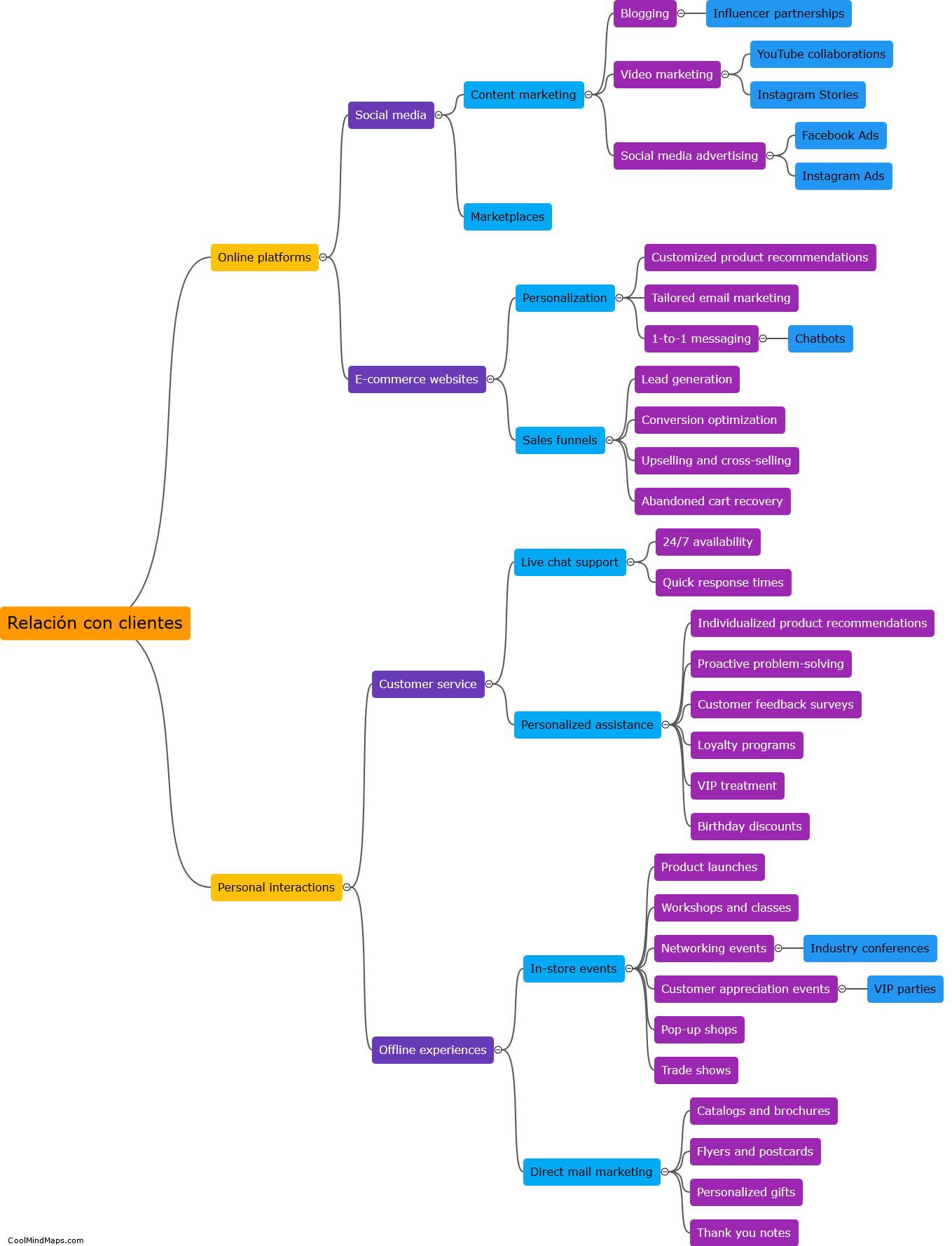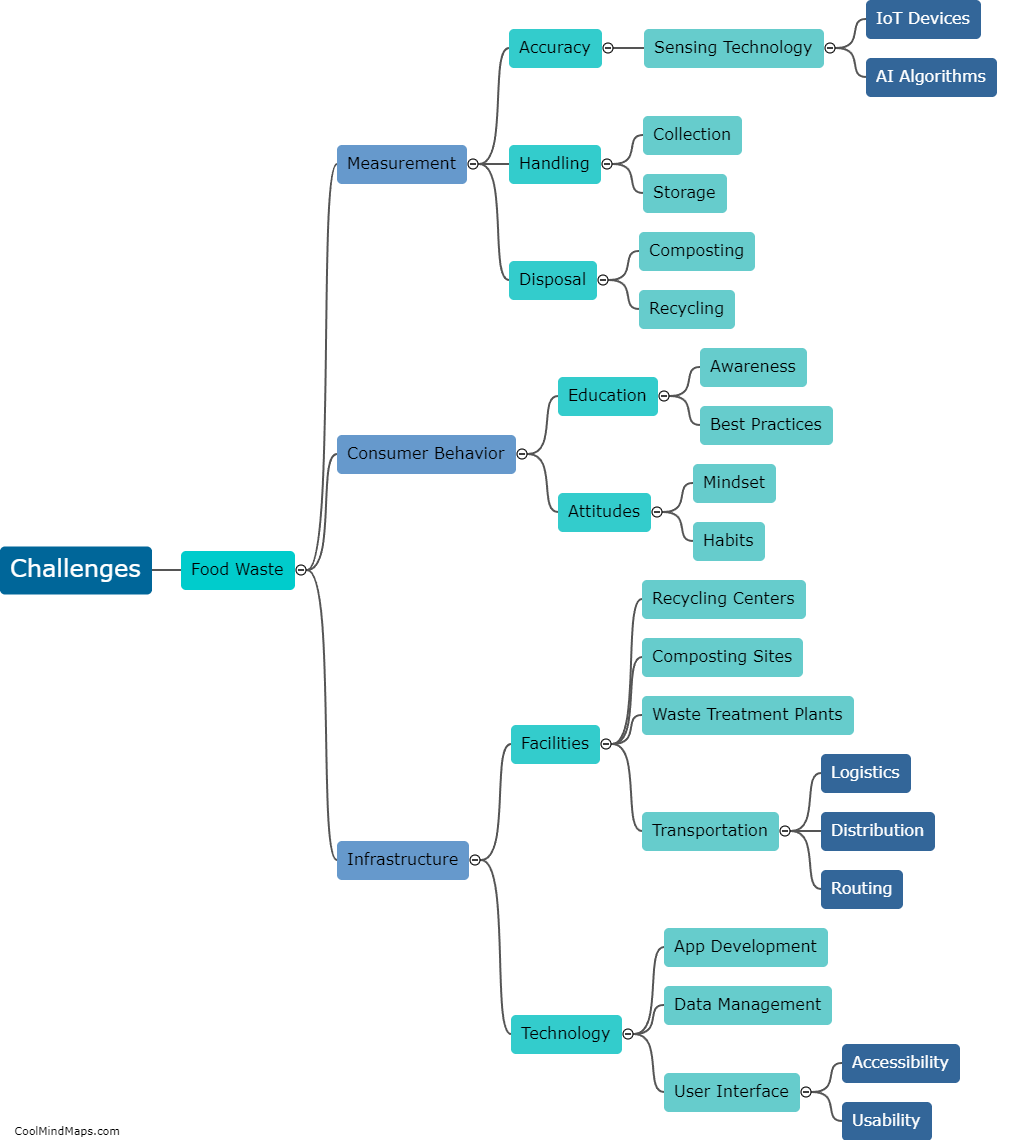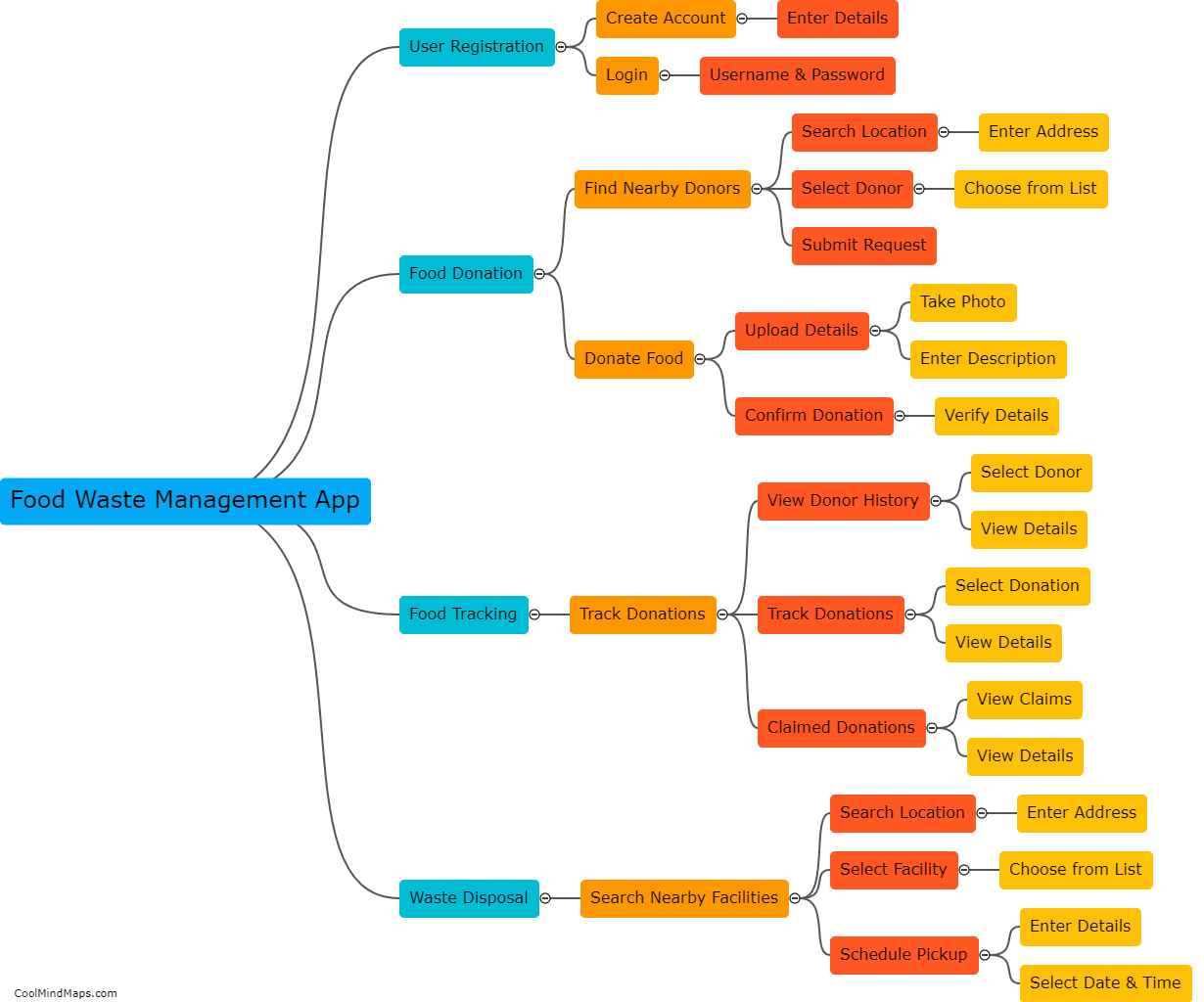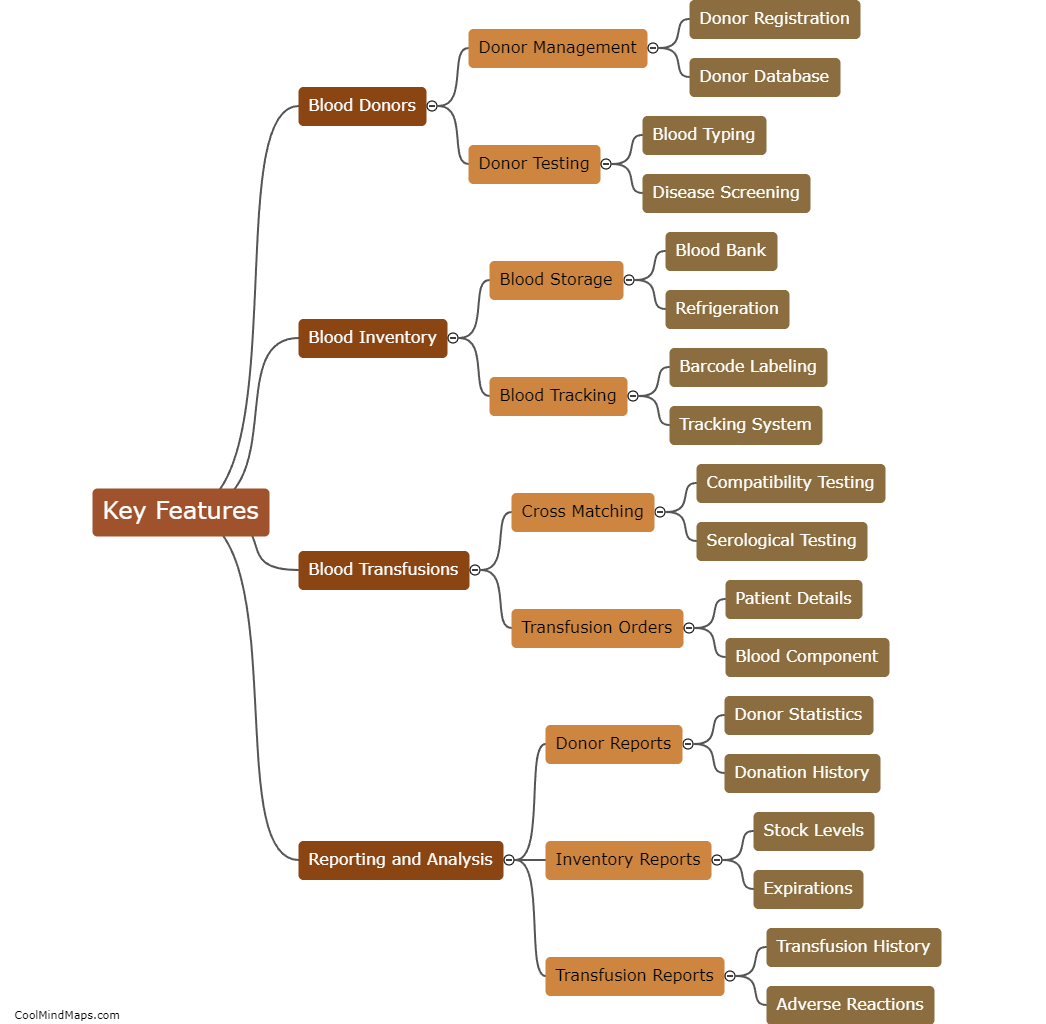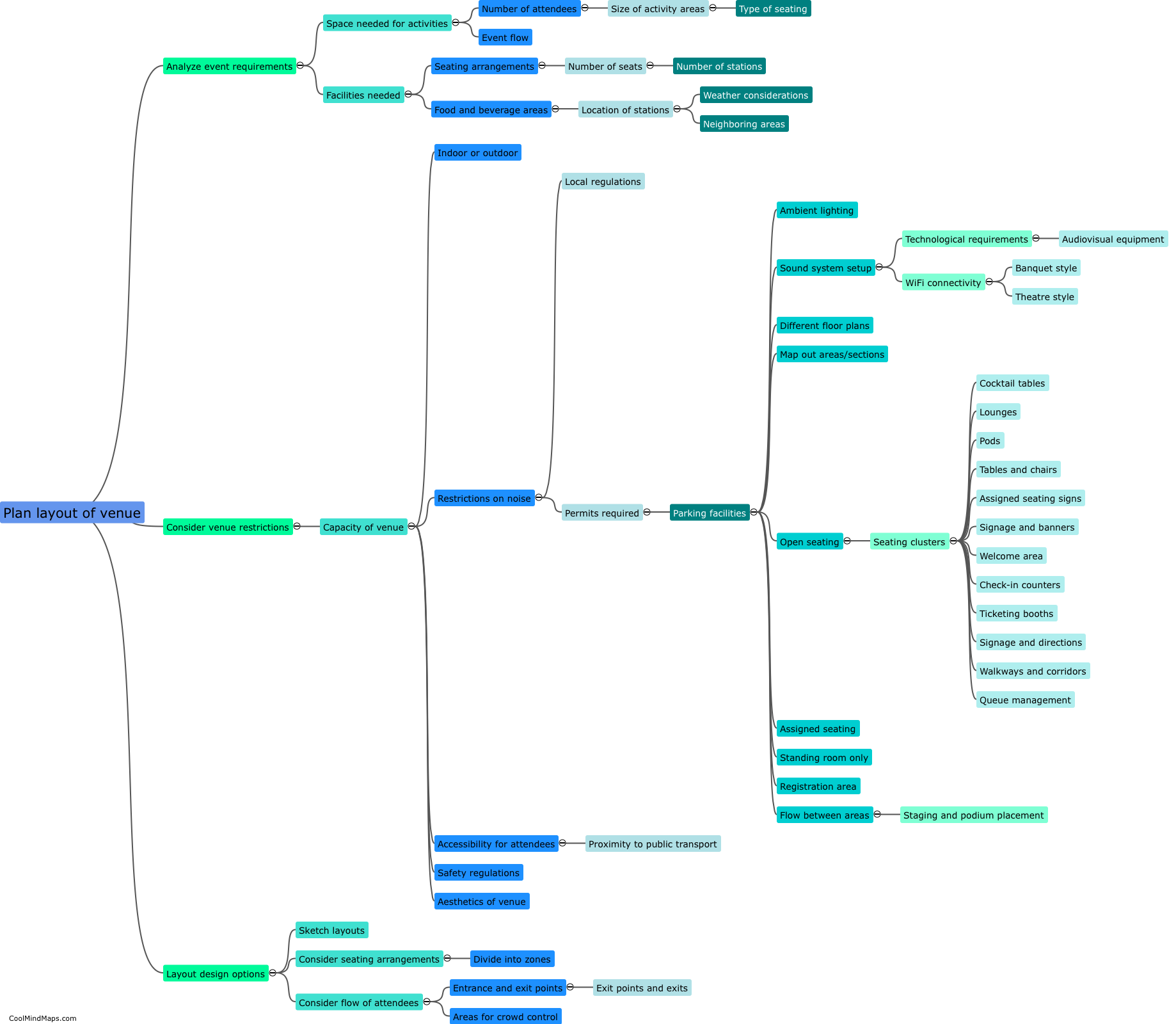How does a blood bank management system provide information?
A blood bank management system provides information through various channels to ensure efficient operations and the availability of blood products. Firstly, it generates real-time data on blood inventory, including the type and quantity of blood units available, expiration dates, and donor details. This information helps staff make informed decisions regarding blood allocation, restocking, and order fulfillment. Additionally, the system enables tracking of each unit from collection to transfusion, allowing for accurate documentation and traceability. It also provides alerts and reminders for blood unit expiry or low stock levels, ensuring timely action and efficient utilization. Overall, a blood bank management system centralizes and streamlines information, allowing for effective monitoring and management of the blood supply chain.

This mind map was published on 7 September 2023 and has been viewed 100 times.


